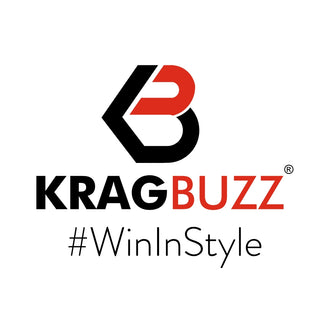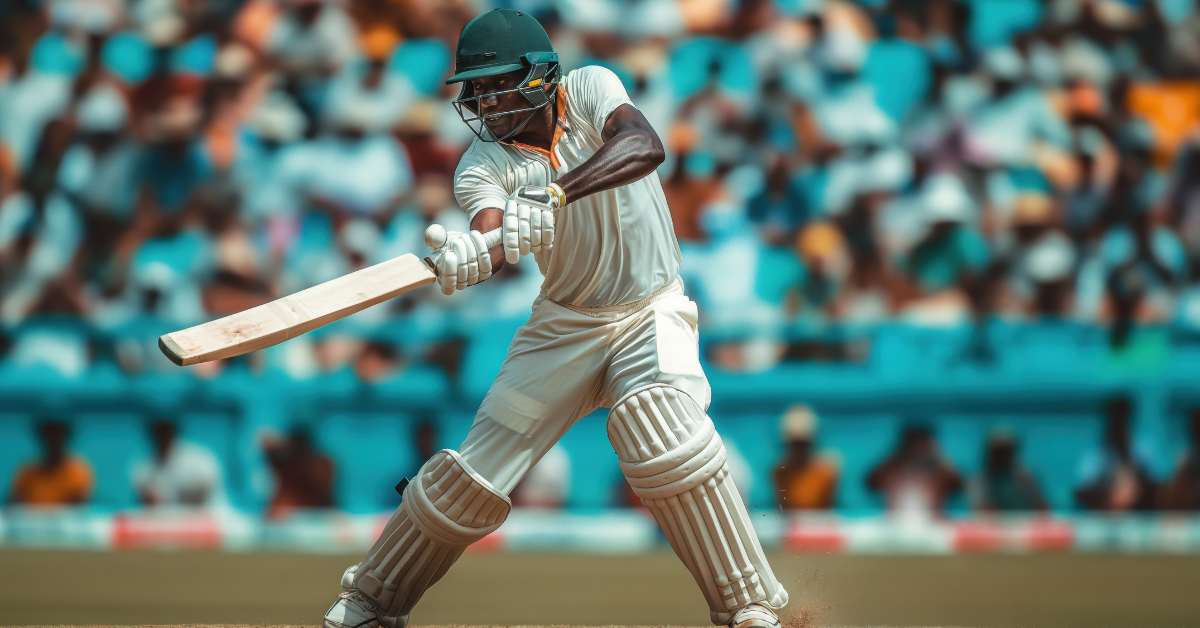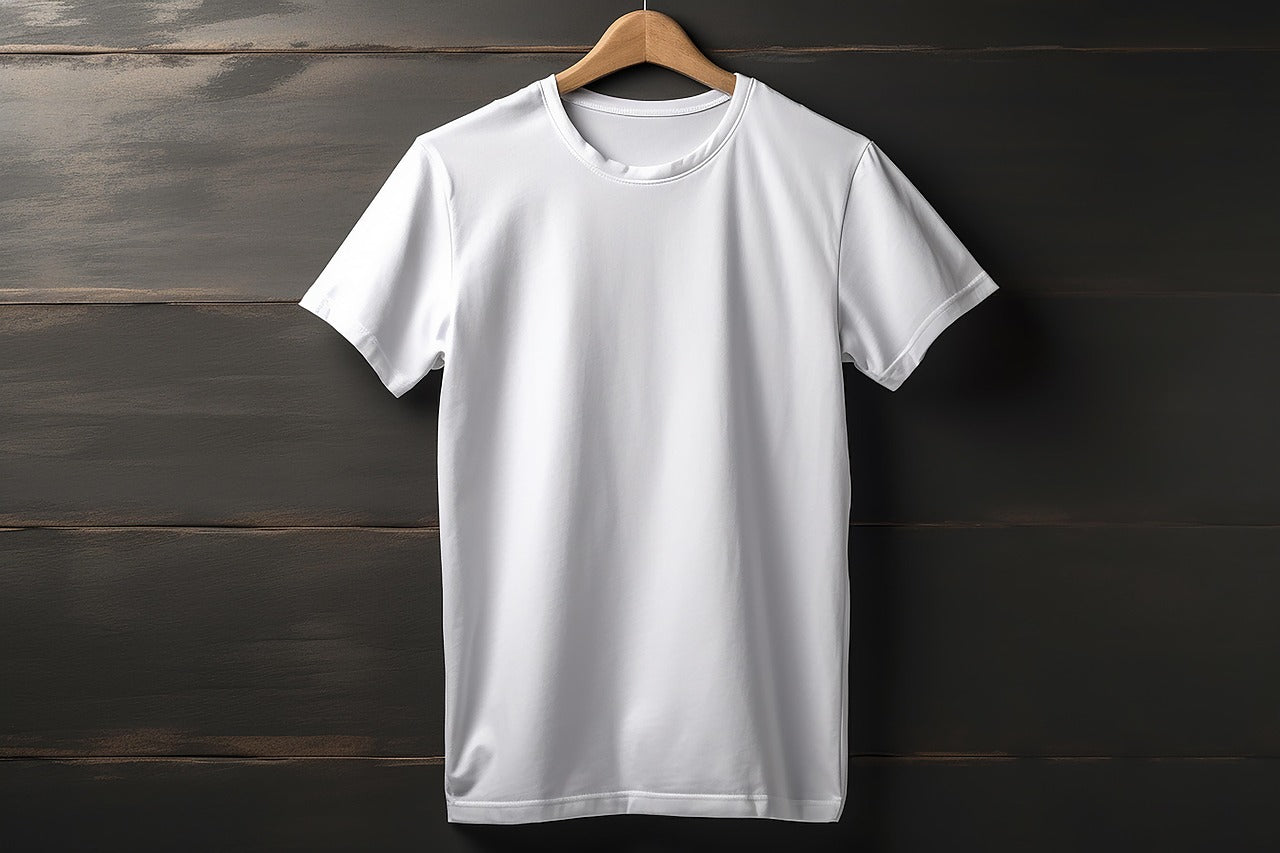
The science behind moisture‑wicking fabrics and how they keep Indian athletes dry in extreme heat
What is moisture‑wicking?
Moisture‑wicking is the engineered movement of sweat from the skin to the outer fabric surface where it can evaporate quickly, reducing cling, chafing, and overheating during activity. The core physics is capillary action—liquid moves through tiny channels in yarns without external force, driven by adhesion and surface tension across micro‑spaces in the fabric.
How it works (the science)
-
Hydrophobic fibers such as polyester and nylon resist absorbing water, encouraging sweat to travel along fiber surfaces rather than soak in, so it can spread and evaporate efficiently.
-
Hydrophilic pathways or treatments can be combined with hydrophobic fibers to create directional “one‑way” transport from the inner face to the outer face of a garment.
-
Fabric geometry matters: microfibers and engineered knit structures increase surface area and create capillaries that pull moisture outward and across a broader area for faster drying.
Why it matters in India’s heat
Moisture management reduces the sensation of stickiness and helps thermoregulation when training in hot‑humid cities or hot‑dry summer conditions across India’s varied climates. Apparel designed with breathable weaves and efficient wicking helps keep athletes more comfortable on turf, tracks, and outdoor courts during peak heat waves and extended sessions.
Key fabric types and constructions
-
Synthetics: Polyester and nylon dominate moisture‑wicking due to low moisture regain and engineered cross‑sections that channel sweat along the fiber surface.
-
Performance blends: Nylon, olefin, and merino blends can balance wicking, quick‑drying, and comfort, especially when yarns and finishes are tuned for one‑way transport.
-
Knit structures: Mesh zones, micro‑piqué, and interlock knits increase capillary pathways and airflow, improving both spread speed and evaporation.
Validating performance: global test standards
-
AATCC TM195: Quantifies wetting time, absorption rate, spreading speed, maximum wetted radius, one‑way transport, and OMMC (Overall Moisture Management Capacity) to rate liquid moisture handling on both fabric faces.
-
How TM195 runs: A controlled drop of conductive liquid is applied, sensors track radial and through‑thickness transport, and software calculates indices that indicate how effectively a fabric pulls sweat away from skin.
-
ISO 11092 (Ret): Measures water‑vapor resistance and thermal resistance using a sweating guarded hotplate; lower Ret indicates easier vapor transmission and higher breathability under steady‑state conditions.
Choosing the right gear for extreme heat
-
Prioritize shirts and base layers that specify moisture‑wicking and breathability, ideally with TM195 metrics or a clear claim of one‑way transport and high OMMC.
-
Look for lighter, open knits or mesh panels in high‑sweat zones to improve both liquid spread and vapor escape during intense sessions.
-
If you sweat heavily in humid climates, pair strong wicking (TM195) with lower vapor resistance (Ret) fabrics for better all‑round comfort across liquid and vapor phases of sweat.
Care and longevity tips
-
Wash cool and avoid fabric softeners, which can coat fibers and block the tiny capillary channels that enable wicking performance over time.
-
Air‑dry or tumble‑dry low to protect yarn geometry and finishes that help transport moisture efficiently through repeated cycles.
FAQs
-
Does cotton wick? Cotton absorbs and holds sweat, staying wet longer, so it’s not ideal for high‑sweat workouts compared with engineered synthetics designed for capillary transport.
-
What’s the difference between “quick‑dry” and “wicking”? Quick‑dry refers to evaporation speed once wet, while wicking describes the active transport from skin to surface—great gear does both well.
-
How do brands validate claims? Reputable makers use AATCC TM195 to quantify liquid transport and ISO 11092 to assess vapor breathability, publishing or internalizing these results for product development.
For teams and clubs
Teams training through India’s hot seasons should spec jerseys and base layers with proven wicking indices (TM195) and breathable panels in heat zones to maintain comfort across formats and schedules. Partnering with an apparel provider experienced in hot‑weather performance and fanwear ensures consistent fit, durability, and comfort from practice to match day.
Why trust this guide
The explanations align with established physics of capillary action and textile moisture transport described by reputable outdoor and sports sources, alongside formal standards bodies. Testing references come from AATCC TM195 for liquid moisture management and ISO 11092 for water‑vapor resistance, which are widely used benchmarks in performance apparel.







